Orbital Cleaners
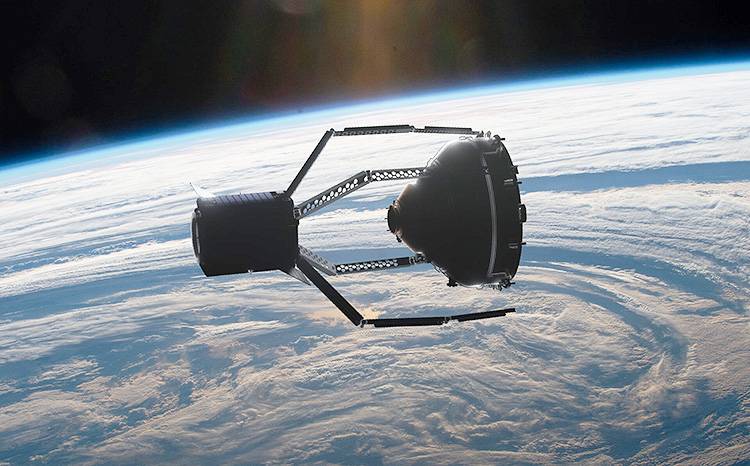
This phrase, uttered by American President Lyndon B. Johnson in the early 60s, is more relevant today than ever.
Currently, artificial earth satellites (AES) play a crucial role in optical and radar reconnaissance, as well as in providing global digital communications. In the previous articles, we considered the use of space reconnaissance means to detect aircraft carrier and ship strike groups (AUG / KUG)and application of civilian technologies to radically reduce the cost of satellites for active radar reconnaissance.
Let's make a small digression to the topic of reconnaissance satellites. In a recently published article Prospects for radar systems on nanosatellites the possibility of creating satellite constellations of remote sensing based on small-sized satellites - cubesats, with radar stations (radar) operating in the aperture synthesis mode is being considered.
Moreover, only receivers can be installed in the reconnaissance satellites themselves, and existing sources are used as emitters. In particular, transmitters of satellite communication systems can act as sources. At the same time, the more satellite receivers, the less power can be used to work, since the signal from several receivers will be integrated, which will increase the signal-to-noise ratio by the corresponding number of times.
This feature brings us back to SpaseX's Starlink Global Internet Project. Given the number of Starlink satellites, they could well be used as an active part of a network of Earth radar reconnaissance satellites. Moreover, it is not at all excluded that this project will subsequently be taken up by SpaseX itself as part of some conditional StarEye project, implemented in the interests of military and / or civilian users.
In the longer term, they will develop space-to-surface orbital systems capable of striking stationary ground-based, buried protected targets, and later on mobile targets on land, water and in the air.
Equally interesting and far more threatening is deployment orbital missile defense systems, potentially capable of intercepting thousands of warheads.
As we mentioned in the previous post, the task of antimissile defense is in many ways similar to the task of destroying enemy spacecraft. And its solution with the help of interceptor missiles is ineffective in terms of cost / effectiveness.
However, there are other ways to destroy enemy spacecraft - this is the use of weapons class "space-space".
Soviet experience
Unlike the United States, which regards anti-missile weapons as a priority weapon, the Soviet Union relied on military satellites.
Since the beginning of the 60s of the XX century, the air defense forces of the USSR began developing the Satellite Fighter (IS) program. And already in 1963, the world's first maneuvering satellite, the Polet-1 spacecraft, was launched into space. And in 1964, the Polyot-2 spacecraft was sent into space.
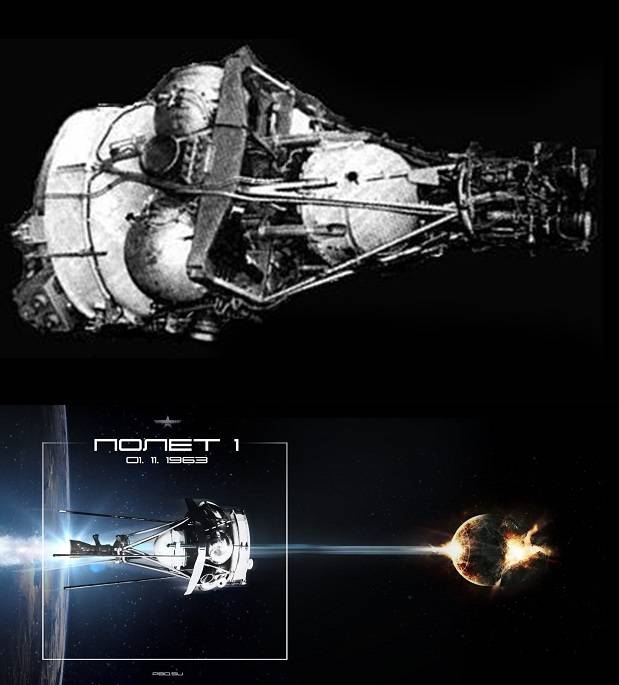
Spacecraft of the Flight series could change the altitude and inclination of the orbit over a wide range. In theory, the fuel supply allowed them to fly even to the moon.
The Polet series spacecraft were guided to the enemy's satellites from the ground control and measuring control station according to the radar and optical observation points. The IS itself was also equipped with a radar homing head (radar seeker).
Since 1973, the IP system has been accepted for trial operation. The enemy's satellites could be intercepted at altitudes from 100 to 1 kilometers.
Later the satellites were upgraded. An infrared seeker (IR seeker) has been added. The satellites were launched into orbit by Cyclone launch vehicles (LV). The improved anti-satellite system received the designation "IS-M". Until 1982, 20 satellite fighters and a comparable number of target satellites were launched into orbit.
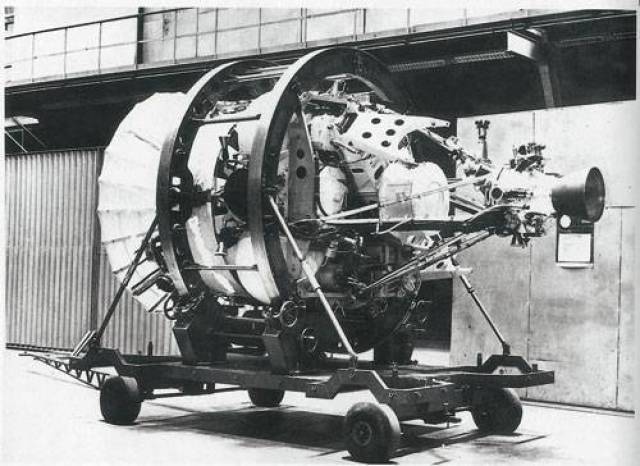
The topic of "satellite fighters" was not abandoned in Russia either. Periodically there is information about "satellites-inspectors" - spacecraft capable of actively maneuvering in space, approaching the enemy satellites for "inspection". Such satellites-inspectors include the spacecraft "Kosmos-2491", "Kosmos-2504", launched in 2013 and 2015, respectively.
The newer is the spacecraft "Kosmos-2519". It is assumed that the Kosmos-2519 spacecraft can be executed on the Karat-200 platform (developed by NPO Lavochkin), capable of operating in orbits up to geostationary.
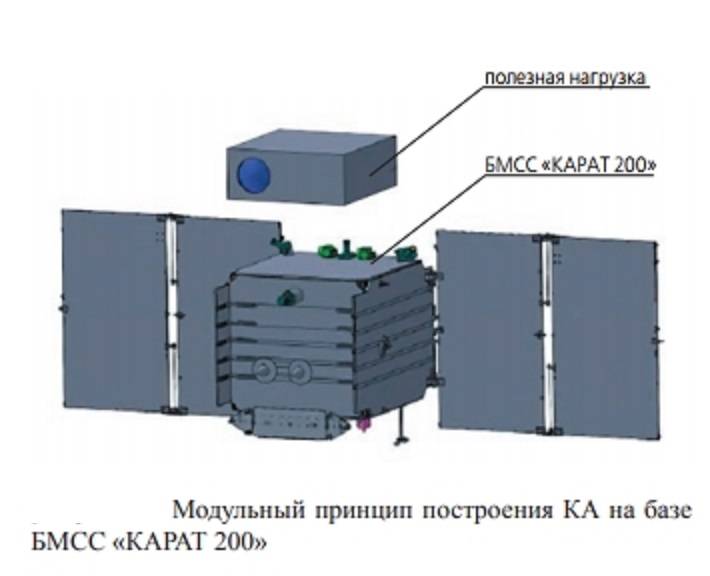
In July 2020, the Interfax news agency announced the successful testing of one more satellite inspector. And in January 2020, the Russian satellite-inspector Kosmos-2543 approached the American reconnaissance satellite at a distance of about 150 kilometers. After which the American satellite corrected its orbit.
The tasks to be carried out in orbit by the "inspector satellites" are classified. It is assumed that they can read intelligence information from enemy satellites, jam signals or otherwise interfere with their work. And finally, the very probability of active maneuvering in orbit presupposes the possibility of destroying the enemy's spacecraft by ramming - self-destruction of the "inspector's satellite".
Foreign analogues
Similar systems are being created by our "partners" - the United States and China.
The United States launched two small MiTEX satellites in 2006 for covert approach to objects in geostationary orbit.
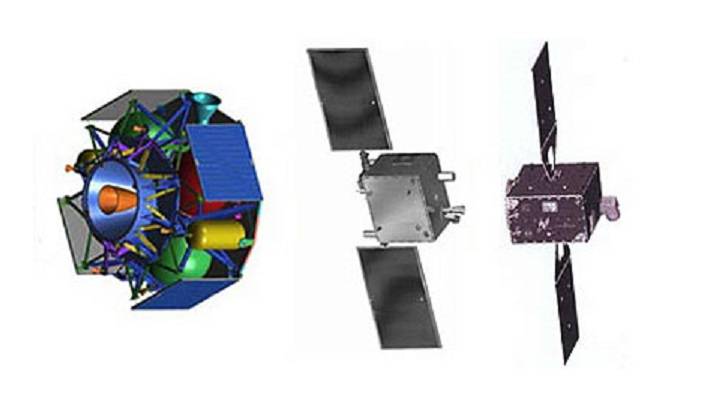
In China, satellite convergence experiments and robotic arm tests were carried out on the Chuang Xin 3 (CX-3), Shiyan 7 (SY-7) and Shijian 15 (SJ-15) vehicles. The official purpose of these spacecraft is space debris removal.
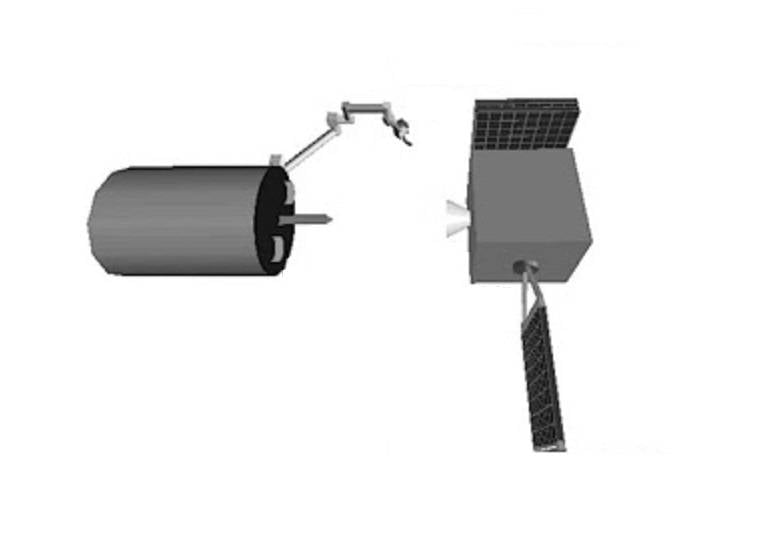
In 2010, two Chinese spacecraft SJ-6F and SJ-12 deliberately collided with each other. With a high probability, this was a test for the possibility of their use as a space-to-space weapon.
However, all government projects have one distinctive feature - the products created within their framework are distinguished by an extremely high cost. Considering that promising reconnaissance and communications groups can be built on the basis of much cheaper commercial solutions, this approach is unacceptable.
If the killer satellite costs more than the satellite or spacecraft that it hits, then it will be cheaper to restore the satellite constellation than to destroy it.
One of the options for solving this problem is the use of commercial spacecraft developed for the removal of space debris from orbit to destroy enemy satellites.
Theoretically, the problem of space debris removal itself may well become relevant in connection with the rapid increase in the number of satellites in low orbits, as well as with their unplanned failure with the loss of the possibility of forced deorbiting and / or destruction into small fragments.
clear space
The European Space Agency (ESA) is working with start-up company ClearSpace to design a space debris cleaner using four robotic limbs.
It is planned that as part of the first test mission, the ClearSpace-1 spacecraft will lift from orbit an altitude of 600-800 kilometers of the spent stage of the Vega launch vehicle weighing about 100 kilograms.
The ClearSpace-1 spacecraft will capture the spent stage with robotic arms, after which it will burn with it in the atmosphere. In the future, more complex missions are planned, in which ClearSpace-1 will try to capture and destroy several pieces of space debris at once.
RemoveDEBRIS
In the British project RemoveDEBRIS, which is being developed by Surrey Satellite Technology and the University of Surrey, it is planned to capture space debris with a network or a harpoon capable of piercing the spacecraft body.
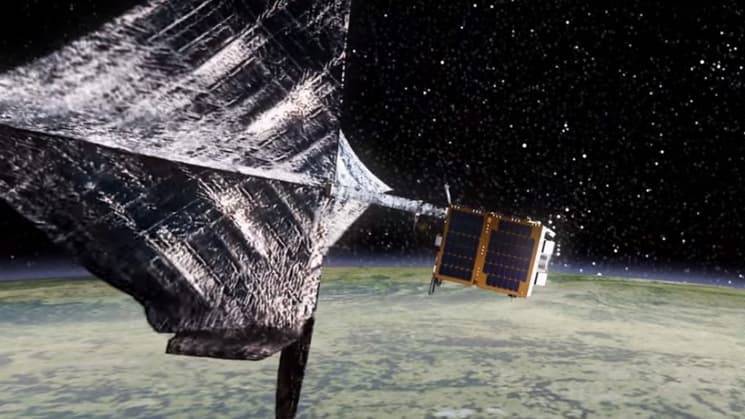
In 2018, the RemoveDEBRIS spacecraft demonstrated the ability to use a network to capture objects. And in 2019, a test shot was fired with a harpoon at a target simulator. The RemoveDEBRIS spacecraft was deployed from the International Space Station (ISS).
It is assumed that the RemoveDEBRIS spacecraft will be able to sequentially collect several objects and bring them out of orbit, burning together with them in the atmosphere.
Astroscale Holdings Inc.
The Japanese company Astroscale Holdings Inc., founded in 2013, is developing a project for a maneuvering satellite for space debris removal.
The first experimental launch is to be carried out by the Soyuz LV from the Baikonur cosmodrome in March 2021. An experienced satellite of Astroscale Holdings Inc., measuring 110x60 centimeters and weighing 175 kilograms, will have to collect imitation debris, and then enter the Earth's atmosphere and burn with it.
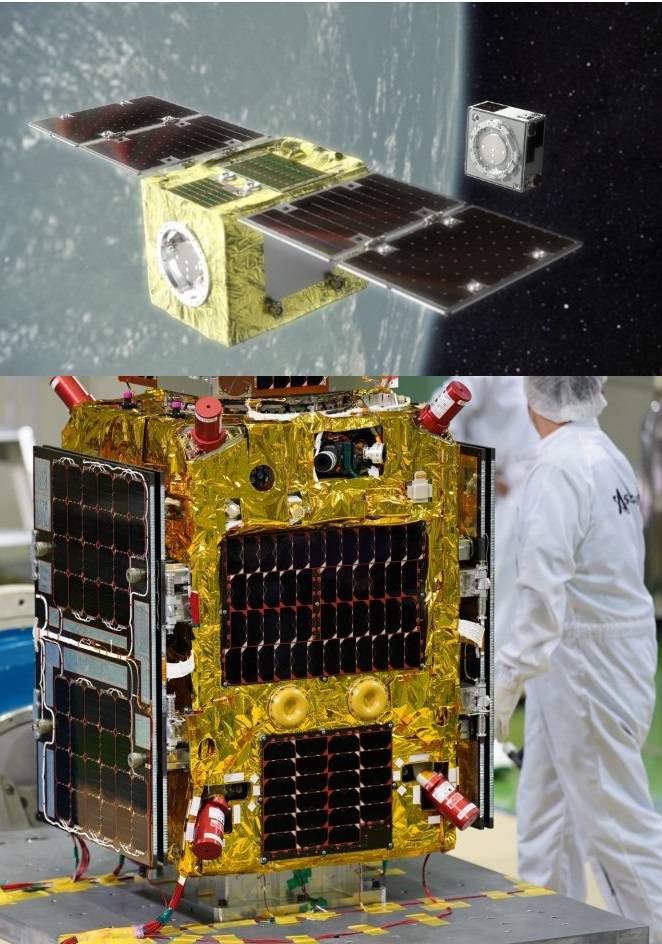
Among civilian, albeit not commercial, spacecraft, one can recall the Japanese probes Hayabusa-1 and Hayabusa-2.
The spacecraft data are intended not for cleaning up space debris, but for approaching asteroids, landing a controlled module on them, extracting soil and its subsequent delivery to Earth.
It should also be noted that the Hayabusa-2 spacecraft was equipped with a Small Carry-on Impactor (SCI) module, which in fact is an ammunition operating on the principle of a "shock core". In essence, Japan has conducted tests of conventional weapons in space - in the future, the "strike core" may well be used for military purposes.
Conclusions
The topic of commercial spacecraft, developed for the removal of space debris from orbit, is not limited to the above projects.
There are much more startups and projects in this area.
There are similar projects in Russia. However, they are being developed by government agencies - GK Roskosmos, JSC Russian Space Systems. This means that you should not expect a low cost from them. In the best case, developments on them will be in demand in the promising Kosmos satellites.
As with Capella Space's Starlink communications satellites and Earth remote sensing satellites, the military can be expected to be interested in the orbital cleaner projects.
In fact, as part of the creation of orbital cleaners, all technologies are being tested to solve the problems of destroying enemy spacecraft and satellites, including:
- target detection;
- the output of the spacecraft to it;
- maneuvering and approaching the target;
- target firing (capture);
- Destruction of the target by penetration or vault from orbit.
Accordingly, commercial space debris cleaners or maneuvering research probes may well be used as anti-satellite weapons.
The question of price remains.
In general, if we are talking about the vault of space debris from orbit, and not about its recycling (by processing in orbit or by descent to the ground in the shuttle's cargo hold), then these undertakings will not bring profit. You can get a grant, master it by building a spacecraft to remove debris from orbit, but you will hardly be able to commercialize it - there are not many altruists in the West. The task of cleaning the orbit itself is unlikely to be paid by space agencies systematically - for example, one-time orders.
But the military may well be interested in the most interesting projects. And after a little refinement, get effective and inexpensive anti-satellite weapons. Their development, testing and even deployment can be carried out under the slogan of clearing the orbit from space debris.
And in fact, the deployment of space-to-space weapons will be organized?
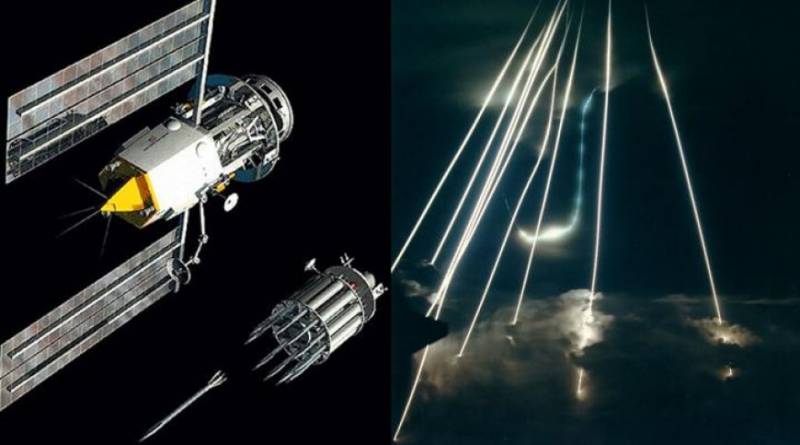
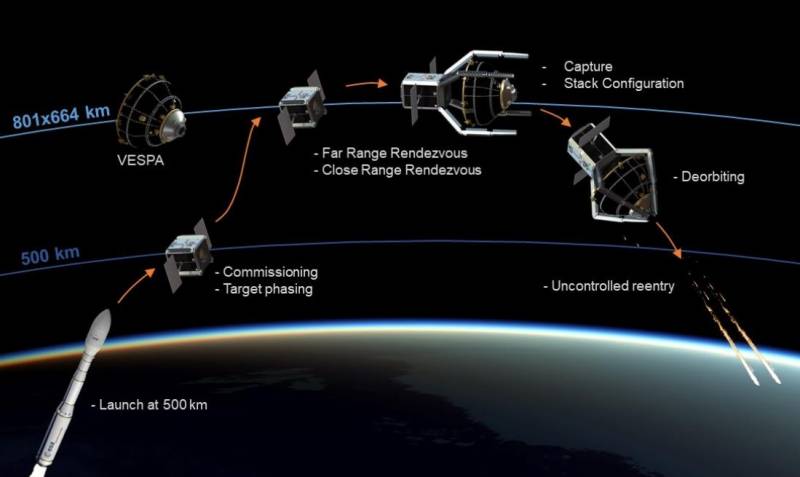
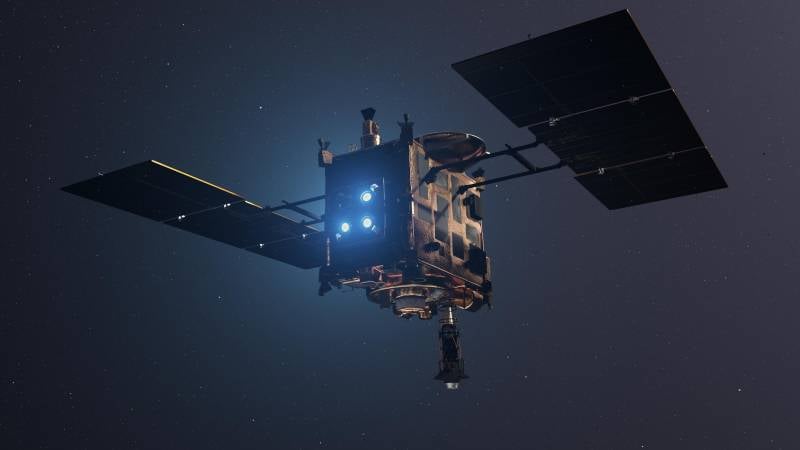

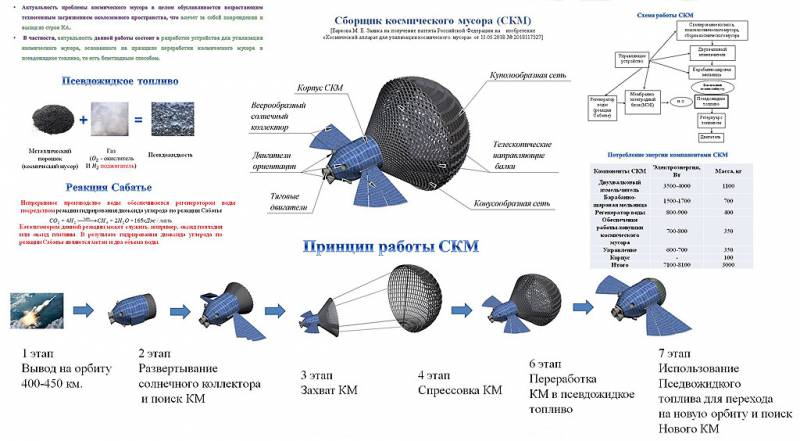
Information